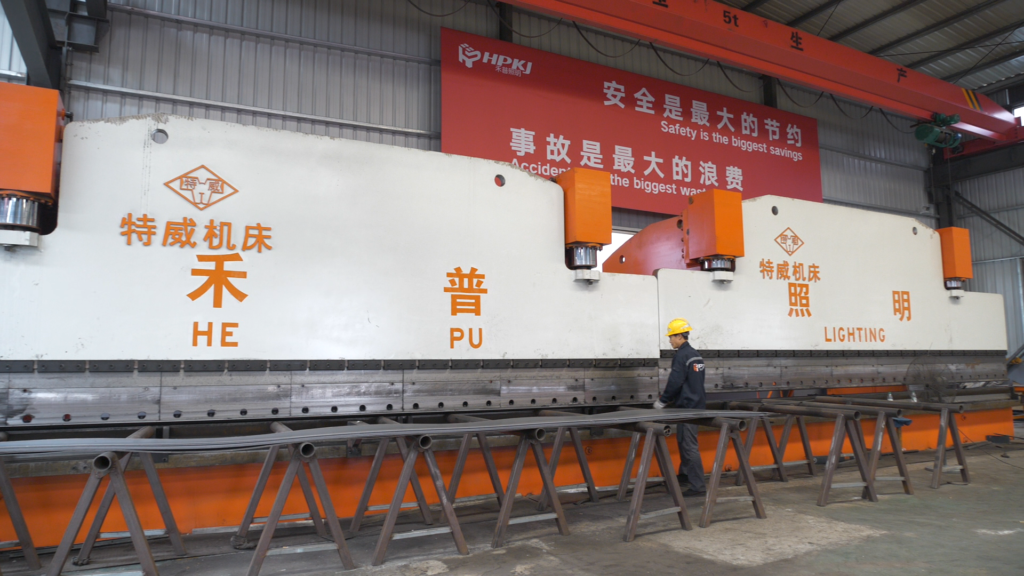Outdoor engineering lights play a crucial role in enhancing the functionality, safety, and aesthetics of outdoor spaces. Whether for residential landscapes, commercial properties, or public areas, the right lighting can transform an environment. Here’s a comprehensive guide to the key features of outdoor engineering lights that make them indispensable.

1. Durability and Weather Resistance
Outdoor lights are exposed to various weather conditions, from rain and snow to extreme heat and humidity. High-quality engineering lights are designed to withstand these elements. They are typically made from robust materials like aluminum, stainless steel, and reinforced plastic, ensuring long-lasting performance. Look for lights with an IP (Ingress Protection) rating of at least IP65, indicating they are dust-tight and protected against water jets.
2. Energy Efficiency
With growing environmental concerns and rising energy costs, energy-efficient lighting is essential. LED (Light Emitting Diode) technology has become the standard for outdoor lighting due to its low power consumption and high luminosity. LED lights not only reduce energy bills but also have a longer lifespan compared to traditional incandescent or fluorescent lights, reducing maintenance costs and waste.

3. Brightness and Light Quality
The primary function of outdoor lighting is to provide adequate illumination. Engineering lights come with various brightness levels measured in lumens. It’s important to choose the right brightness for the intended use. For example, pathways and gardens may require lower lumens, while parking lots and construction sites need higher lumens for safety and visibility. Additionally, the color temperature, measured in Kelvin (K), affects the ambiance. Warmer tones (2700K-3000K) create a cozy atmosphere, while cooler tones (4000K-6000K) are better for security and task lighting.
4. Versatility and Adjustability
Modern outdoor engineering lights offer great flexibility in terms of design and functionality. Adjustable fixtures allow you to direct light precisely where it’s needed, reducing light pollution and enhancing efficiency. Features such as motion sensors and timers add convenience and further save energy by ensuring lights are only on when necessary.

5. Smart Technology Integration
The integration of intelligent technology and outdoor lighting systems has completely changed the way we control and manage lighting. Smart lights can be controlled through smartphone applications, allowing users to remotely adjust brightness, color, and schedule. Some systems are compatible with voice assistants and provide hands-free control. This level of automation and customization improves safety and convenience.
6. Aesthetic Appeal
While functionality is paramount, the aesthetic aspect of outdoor lighting should not be overlooked. Sleek and stylish fixtures can complement the architecture and landscape, adding to the overall beauty of the space. There are numerous designs and finishes available to suit different tastes and applications, from contemporary minimalism to classic elegance.

7. Safety and Compliance
Safety is a critical consideration for outdoor engineering lights. Ensure the products meet local regulations and standards, such as UL (Underwriters Laboratories) or CE (Conformité Européenne) certifications. Proper installation and maintenance are also vital to prevent electrical hazards and ensure reliable operation.
Investing in high-quality outdoor engineering lights is essential for creating safe, efficient, and visually appealing outdoor environments. By understanding the key features and choosing the right products, you can enhance the functionality and beauty of any outdoor space while ensuring sustainability and cost-effectiveness.

